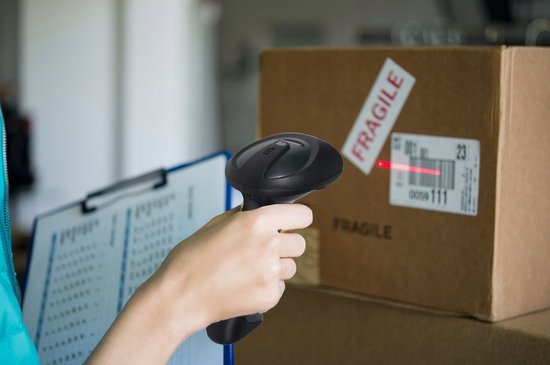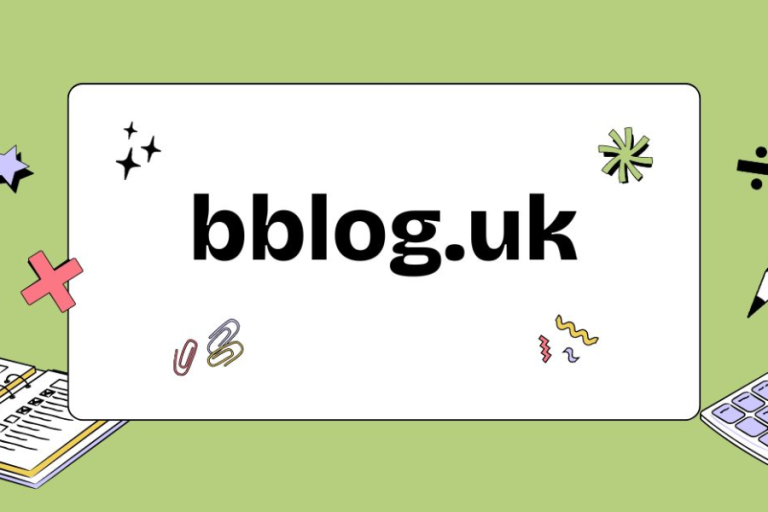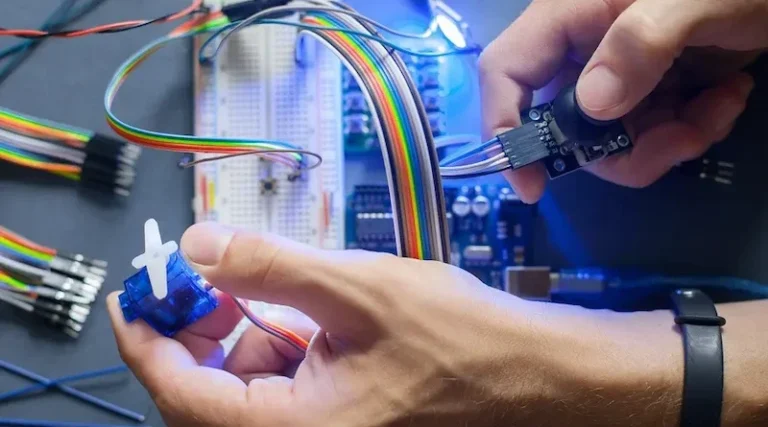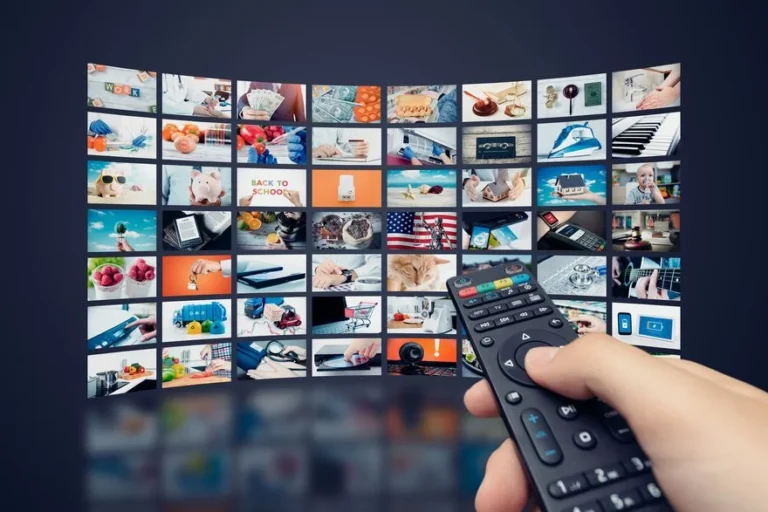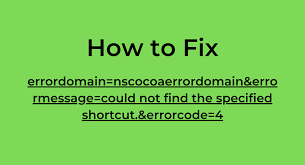Blur Barcode: Understanding, Challenges, and Smart Solutions
In today’s digital-driven marketplace, barcodes are the silent workhorses that keep everything moving smoothly. From retail checkout counters to warehouse management systems, these small black-and-white lines are scanned millions of times a day. But what happens when the barcode is not crystal clear? That’s where the concept of a blur barcode comes into play.
A blur barcode may appear distorted, smudged, or out of focus due to printing errors, poor lighting, camera quality, or even physical damage to the product packaging. While it may look like a small issue, it can lead to delays, inefficiencies, and customer frustration if not handled properly.
This blog explores what a blur barcode is, why it occurs, its real-world impact, and the modern solutions available to decode even the toughest blurred barcodes.
What is a Blur Barcode?
A blur barcode is essentially a barcode image that has lost sharpness and clarity, making it difficult for scanners to detect and interpret the encoded data. Instead of clean vertical lines and precise spacing, the image may appear fuzzy or smeared.
For example, imagine you are scanning a UPC or EAN code on a product in a supermarket, but the scanner keeps failing. The culprit could be a blur barcode caused by a misaligned printer, ink spread, or low-resolution printing.
Common Causes of Blur Barcode Issues
There are several factors that can result in a blur barcode. Some of the most common include:
- Printing Defects
If the printer used for packaging is miscalibrated or running low on ink, the barcode may print incorrectly. Instead of clean lines, you get blurred edges. - Low-Quality Images
When a barcode is displayed digitally (on screens or images), low resolution or compression can create a blur barcode that scanning devices struggle to read. - Physical Damage
Barcodes on packaging may be scratched, smudged, or exposed to moisture, creating a blurred effect. - Motion Blur
If a barcode is scanned while in motion, such as on conveyor belts, the image can appear smeared, producing a blur barcode. - Camera and Lighting Conditions
A smartphone or scanner camera that is out of focus or poorly lit may capture a blur barcode, even if the original print is fine.
The Impact of Blur Barcode Problems
The existence of a blur barcode can lead to several business challenges:
- Operational Delays: At checkout counters, blurred barcodes increase scanning time, leading to longer queues.
- Inventory Mistakes: Warehouses rely heavily on fast barcode scanning. A blur barcode can create errors in stock management.
- Customer Frustration: Slow or failed scans reduce customer satisfaction.
- Increased Costs: Companies may need to reprint packaging or invest in better hardware to solve recurring blur barcode issues.
Can Blur Barcode Issues Be Solved?
Yes. Technology has advanced to the point where even heavily blurred barcodes can be decoded with the right tools. Specialized software and SDKs (Software Development Kits) are designed to interpret challenging images.
For example, the barKoder Barcode Scanner API includes a specialized algorithm that enables its Barcode SDK to easily decode blur barcode types, including EAN and UPC formats. Instead of rejecting the scan, the software enhances the image and extracts the encoded information accurately.
Techniques to Decode a Blur Barcode
Modern barcode technology uses several methods to make blurred barcodes scannable:
- Image Preprocessing
Enhancing contrast, sharpening edges, and reducing noise in the image helps convert a blur barcode into a readable format. - AI and Machine Learning
Advanced algorithms are trained to recognize patterns, even when a blur barcode is incomplete or distorted. - Adaptive Scanning
Some APIs, like barKoder, adjust scanning sensitivity in real time, making them capable of reading barcodes that normal scanners cannot. - Error-Correction Techniques
Many barcode standards have built-in redundancy, meaning even if part of a blur barcode is unreadable, the rest of the code can help reconstruct the data.
Preventing Blur Barcode Issues
While decoding technology has become powerful, prevention is still better than cure. Companies can reduce blur barcode problems by:
- Using high-resolution printers for packaging and labels.
- Regularly calibrating printing equipment to maintain sharp output.
- Storing products in clean, dry conditions to prevent smudging.
- Testing barcodes with multiple scanners before finalizing packaging.
By following these steps, businesses can minimize the occurrence of a blur barcode and reduce inefficiencies.
The Future of Blur Barcode Solutions
As industries continue to move toward automation, the ability to scan any barcode, regardless of condition, is becoming critical. From self-checkout kiosks in retail stores to robotic systems in warehouses, scanners must be smart enough to handle blurred, faded, or partially damaged barcodes.
Innovations in computer vision, AI, and APIs like barKoder’s SDK are shaping the future. Soon, the challenge of a blur barcode may no longer be a concern, as decoding accuracy reaches near-perfect levels.
Conclusion
A blur barcode may seem like a small technical problem, but its impact can ripple through entire operations, affecting efficiency, costs, and customer satisfaction. Thankfully, with modern solutions like advanced barcode scanner APIs, the issue is no longer a roadblock.
Businesses that adopt technologies capable of handling a blur barcode will stay ahead in efficiency and reliability. By combining preventive measures with smart scanning software, the blurred barcode problem can be turned into a manageable challenge rather than a costly setback.
